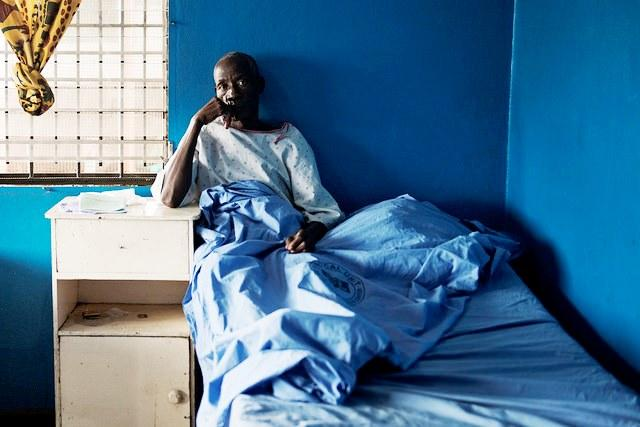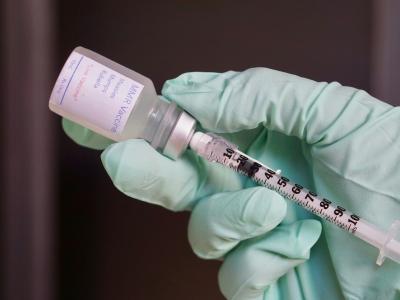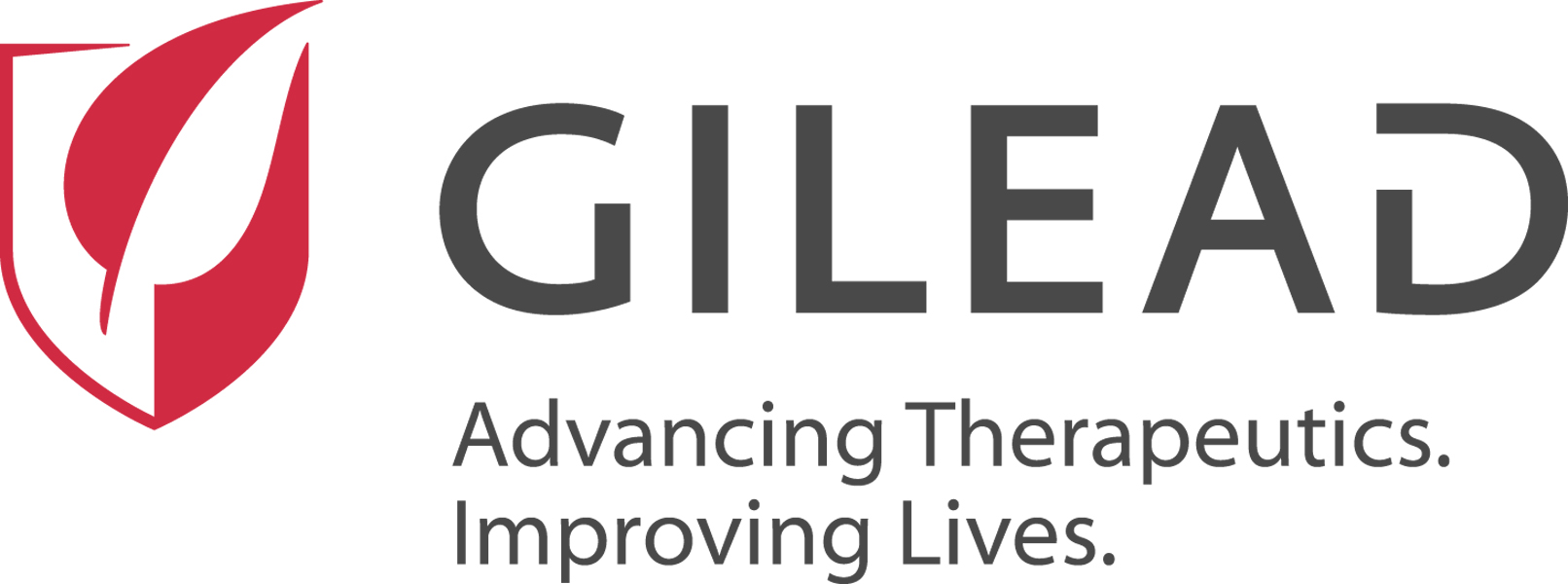
An outbreak of Legionnaires' disease in areas of Central Harlem has sickened at least 22 people, the New York City Health Department (NYC Health) said yesterday. One person has died since the first case was identified on July 25.
All operable cooling towers in the investigation area are being sampled. If any are found contaminated, remediation will begin immediately, NYC Health said.
Residents told to watch for flu-like symptoms
Deputy Chief Medical Office Toni Eyssallenne, MD, PhD, said Harlem residents should be vigilant about symptoms.
Anyone with flu-like symptoms should contact a health care provider as soon as possible.
"Anyone with flu-like symptoms should contact a health care provider as soon as possible," Eyssallenne said in a press release from NYC Health. "Legionnaires' disease can be effectively treated if diagnosed early, but New Yorkers at higher risk, like adults aged 50 and older, those who smoke or have chronic lung conditions should be especially mindful of their symptoms and seek care as soon as symptoms begin.”
The bacterium Legionella can cause a severe type of pneumonia. People typically get the disease when they breathe in contaminated water vapor from cooling towers, whirlpool spas, hot tubs, humidifiers, hot water tanks, and evaporative condensers of large air-conditioning systems.
Early treatment with antibiotics is necessary to avoid the most severe complications.













